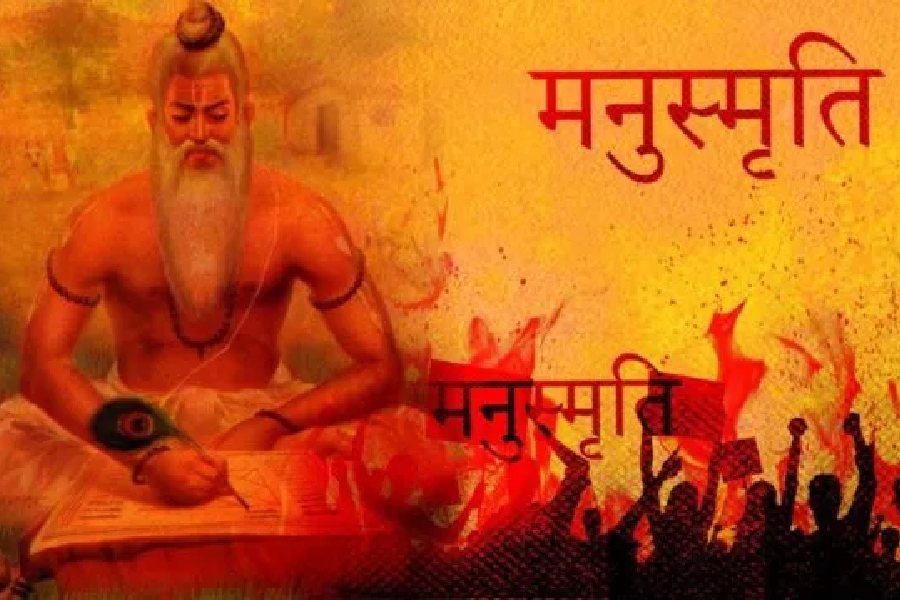A central university has received approval from the Bar Council of India to launch an LLB programme focused on Indian Jurisprudence that will include selected portions from Smriti texts, including Manusmriti, known for its codification of the Hindu caste system.
Despite a controversy surrounding a proposal to prescribe a book on Manusmriti as a recommended text for the jurisprudence paper in Delhi University’s LLB course, the Central Sanskrit University (CSU) has decided to incorporate “eternal knowledge” from the ancient text into its curriculum. Delhi University had previously dropped the proposal following intervention from education minister Dharmendra Pradhan.
CSU vice-chancellor (VC) professor Shrinivasa Varakhedi told The Telegraph that students, academics, researchers and society should interpret the ancient scriptures while keeping in view the social milieu of that time.
“Manusmriti or any other Smriti were written several thousand years ago. These texts have two sections — one is eternal knowledge and another is about social context and practices. The eternal knowledge is like one should be truthful to himself. The eternal principles are the original text of Manusmriti,” Varakhedi said.
He claimed that Varna and Jati evolved thousands of years ago as part of societal practice. However, there was no hard and fast segregation of people by Varna or Jati.
“Manusmriti merely described the societal practice. It did not prescribe any rules to be followed. In the course on jurisprudence, students will critically analyse the evolution of societal practices and reforms,” he said, adding that the bar council has allowed the curriculum, which will also include content on Buddhism, Jainism and social reforms.
“Manusmriti has undergone many readings due to extrapolation, additions and removals through the ages. This is a matter of scholarly debate. However, not everything published under the name of Manusmriti should be ascribed to the original author,” he said on WhatsApp.
“By providing a text for study in the curricula we are not forcing any student to accept it. This could be a good strategy to avoid the mistakes happening in society. Historical texts should be part of our education to either learn or relearn from the past,” he said.
DU academic council member Maya John, who is also a faculty of history at Jesus & Mary College, said Manusmriti is not only anachronistic but despised by many sections of Indian society.
“A jurisprudence paper is supposed to interrogate contemporary legal systems and not look for validation of ancient era discourses and practices. Even if Indic traditions are to be incorporated for the purpose of comparison, contrast and critique, why are diversities of thoughts in Indian philosophy and thinking ignored when drafting a new course,” John said.

